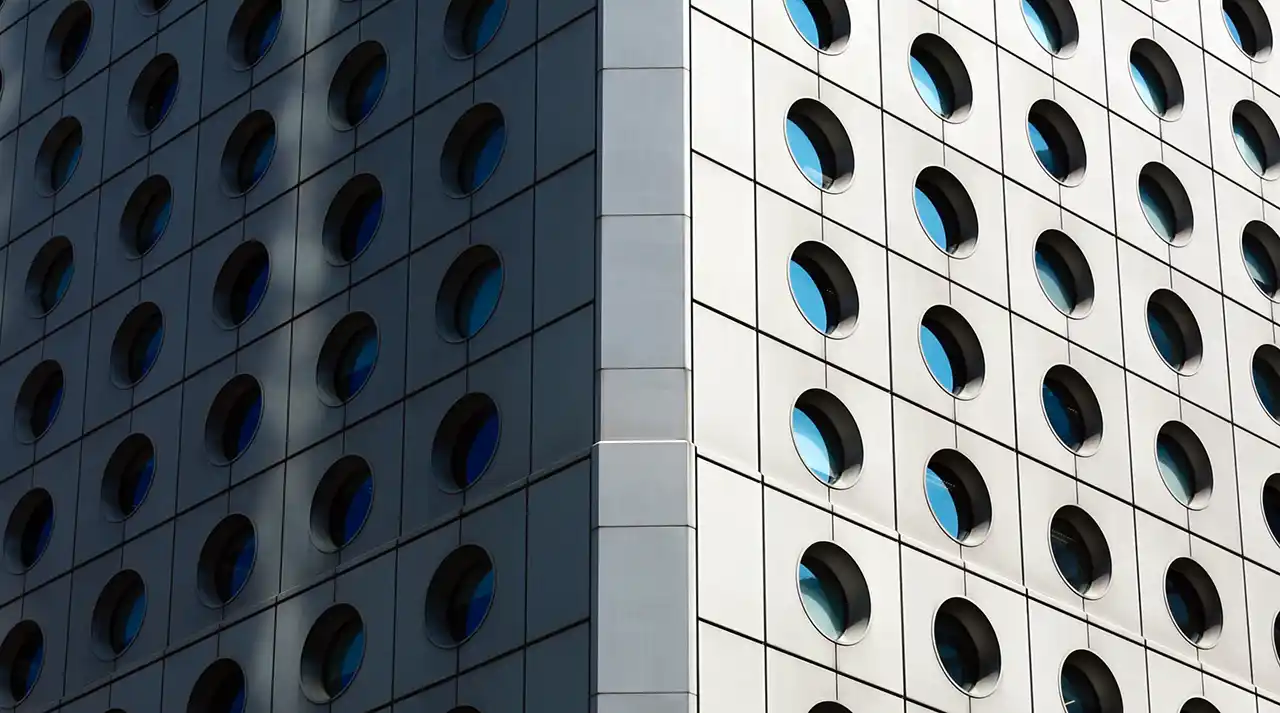Modelling from auditing giant KPMG has put some numbers to the effect the coronavirus pandemic has had on house prices around Australia.
While they are currently staring down the barrel of a lengthy lockdown, Sydney’s property market was the most turbocharged capital city thanks to COVID, with the average price jumping $125,000.
The data found that by the end of 2023, Sydney property buyers will need to spend an extra 26 per cent than if the pandemic never occurred.
Canberra was the next city most affected, with house prices jumping 23 per cent compared to the 14 per cent they would have risen without the pandemic, and Brisbane wasn’t far behind these numbers.
Across the board, the KPMG data says house prices in Australia as a whole are 4-12 per cent higher because the pandemic hit and units are around 13 per cent higher in value.
The RBA has been forced to keep interest rates down to help the COVID-hit economy and that along with government stimulus measures have been to key drivers of the hot property market.
KPMG chief economist Dr Brendan Rynne said after initially being spooked when the pandemic took hold, property prices soon started heading north.
“Once market participants became confident that the pandemic would not result in a free-fall of home values, a combination of monetary and fiscal policies quickly began to push things the other way,” he told News.com.
“The material decline in mortgage interest rates, extra savings from not spending on holidays and leisure and generous income support from government and housing market support specifically, has seen property prices dramatically in the past six to nine months, past the point to where they would have risen under a no-COVID scenario
“Our analysis of dwelling approvals in the big cities shows that in Melbourne and Sydney there are 25,000 and 20,000 respectively fewer houses and units available than would have been the case in a no-COVID scenario.”
Here in Melbourne, house prices are forecast to have jumped by an extra 24 per cent thanks to COVID-19, with the median to settle at around $940,000.
The ‘COVID premium’ isn’t as high in Melbourne however, it adds around an extra $35,000 to the price of a house, with a large number of people leaving Melbourne after last year’s lengthy lockdowns.
Mr Rynne told News.com the surging property market was good for economic confidence, but bad for housing affordability.
“Falling house prices is what happened during the first six months of the pandemic. The economic outlook was uncertain, house prices fell, and discretionary consumer spending declined,” he said.
“As households’ confidence improved – consistent with Australia’s positive approach to managing COVID-19 – house prices rose, wealth improved and spending increased.
“A consequence of this price differential pre and post-COVID is the fact existing homeowners will be the winners, whereas those trying to get into the housing market will find it even harder as price increases in property will grow at rates faster than what most people can save.
“This simply means the amount required for housing deposits will now be even higher than would have been the case if the pandemic did not occur.”



